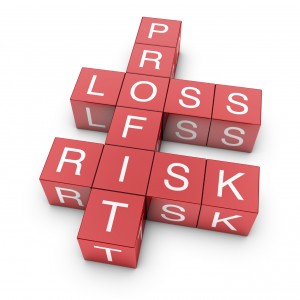Economic profit (EP) explained
 Economic Profit (EP) is a measure of profitability that has become increasingly popular in the last 10-20 years, especially amongst complex multi-divisional or multi-national companies with stock market listings. The great beauty of EP is that it produces a single number which captures elements from both the profit and loss account and the balance sheet.
Economic Profit (EP) is a measure of profitability that has become increasingly popular in the last 10-20 years, especially amongst complex multi-divisional or multi-national companies with stock market listings. The great beauty of EP is that it produces a single number which captures elements from both the profit and loss account and the balance sheet.
EP measures the surplus earned by a business after the deduction of all its operating costs including its liability to pay corporation tax and the opportunity cost of using investor’s capital employed in the company.
Consider a company with a profit before tax of £10m, capital employed of £25m and a weighted average cost of capital (WACC) of 12%. At its simplest, economic profit is calculated as follows:
| Profit before tax |
£10.0m |
| Corporation tax liability (£10m x 21% tax rate) |
(£2.1m) |
| Charge on capital employed2 |
(£3.0m) |
| Economic profit |
£4.9m |
2Capital employed x WACC in this example £25m x 12%
EP often provides powerful insights. Some business units and activities which have previously been thought to be good performers generating healthy accounting profits can sometimes be shown to be ‘economically unprofitable’ once the costs of tax and capital employed are taken into account. Nevertheless, reading too much into a single year’s EP performance can be misleading. As with traditional accounting measures, EP is a single period measure, and thus susceptible to manipulation by management.
For example, a positive EP may have been achieved by cutting back on research and development, training and or marketing expenditure, all of which are likely to impact adversely upon a company’s enterprise value by impairing its future economic performance. Likewise, a negative EP may be the result of a significant capital investment in preceding years, which even if projected to be value creative, will have an adverse effect on near-term EP. It is therefore important to consider the future flows of EPs over time rather than EP in any one single period.
Learn more about more about EP in the shareholder value articles entitled ‘Shareholder Value Explained’ and ‘Shareholder Value Illustrated.’
To discuss your business critical issue
Please call Paul New on 020 8390 9972 or 07790 501225 or send a message.







